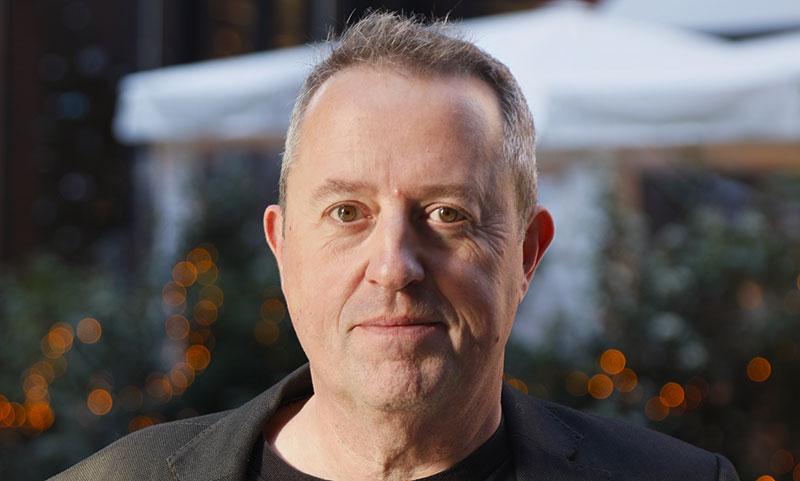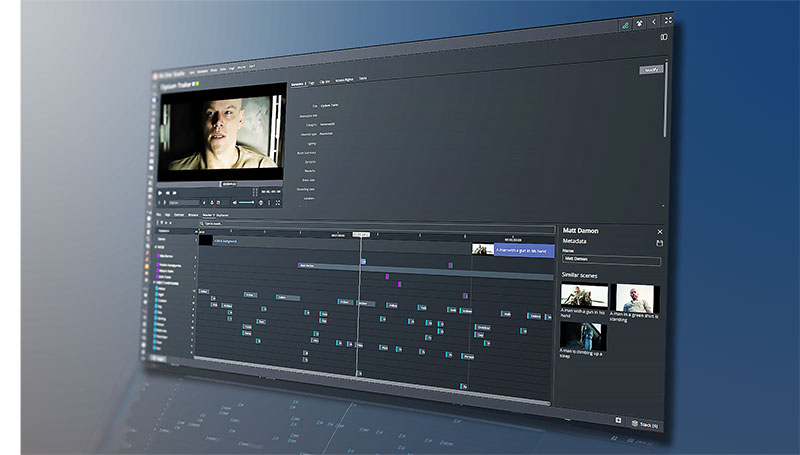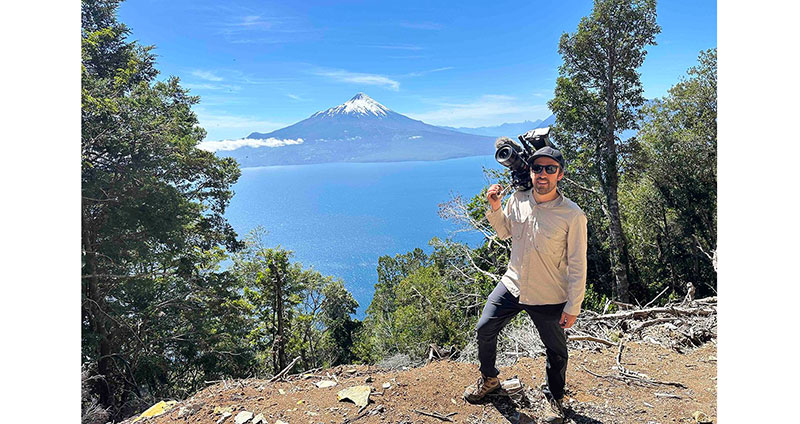The team at Wounded Buffalo Sound, known for natural history audio production, talk about using the right gear to stay at the top of an industry that demands precision and creativity.

Located in central Bristol, England, Wounded Buffalo Sound Studios has created a niche for its work in the world of audio post production. Recognised for their talent in natural history documentaries, the studio has moved to the top of an industry that demands precision and creativity.
Their projects now include a number of award-winning productions such as Planet Earth III, Earthsounds, Our Great National Parks and David Attenborough: A Life on Our Planet.
Working on natural history documentaries presents a special combination of challenges. "Most projects are filmed on very long lenses. However, although you can film something from 400 yards away, you can't easily capture the sound from that distance," said Ben Peace, a mixer at the studio.
Authentic and Accurate
This fact often means that when the team receives footage, the accompanying audio may be minimal or of poor quality. In the field, audio is rarely a priority, or even available, as productions typically aim to capture ‘first ever seen’ footage in extreme environments.
"We do get some atmospheric sound if we're lucky," said Ben. "Sometimes the crew will leave a remote camera with a built-in mic somewhere, and even though the sound recording can be pretty terrible, it's really useful as reference. It lets us know what we should aim for."
Natural history content also requires close attention to detail, putting Ben and Studio Manager Jim Jacobs under pressure to maintain accuracy. Often, they may be working with footage that needs the sound to be reconstructed entirely, which involves creating a soundscape that is believable, authentic and appealing at the same time.
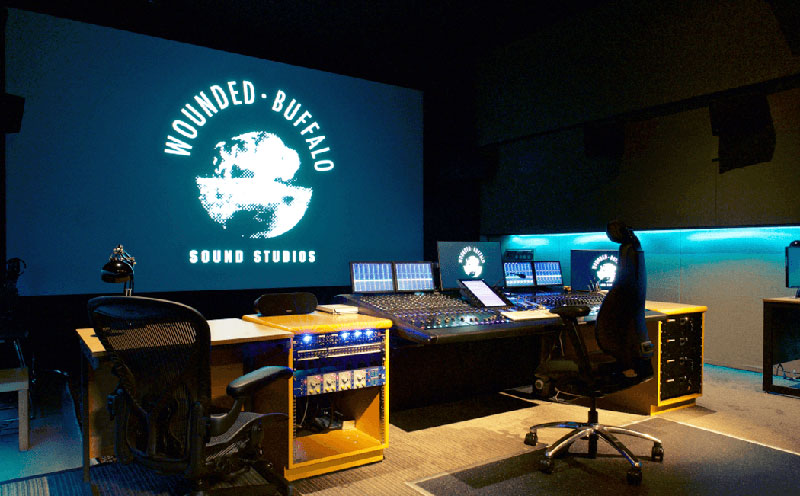
The team regularly consults with scientists and episode producers familiar with the footage or landscapes they depict to ensure the validity of the sound. "Each layer is fastidiously researched," Jim notes. "The wrong bird at the wrong time of day can ruin the authenticity."
Below the Surface
One of the more unexpected aspects of natural history sound work is dealing with underwater audio. Given the importance of clear underwater audio in ocean scenes, Ben and Jim advise recording teams on how to capture it for best effect – for example, stopping the boat's engine to prevent the noise from interfering with natural sounds.
"Underwater sounds are actually quite tricky," Jim said. "Swimming generally doesn't make much noise, but it needs some kind of sound to make it look right to the viewer. For instance if you're underwater and a dolphin swims past the camera and above you, you can follow it with sound."
With more than 30 years of experience in natural history, as well as its position as Bristol's only Dolby Atmos sound studio, Wounded Buffalo has a detailed understanding of how to immerse viewers in new environments and scenarios. For example, Ben described editing a children's show. "It was all about telling the story from the kids' perspective. I used the height speakers for the parents' voices, so when you're watching it, you're on their level and in their shoes while the voices come from above you," he said. "It was quite an interesting way of using Atmos."
Dubbing Theatres and Sound Suites
Wounded Buffalo's facilities now include three dubbing theatres featuring Dolby Atmos systems and six edit suites. In Dubbing Theatre A is an Avid Pro Tools HDX system with an S6 M40 console, and wall-to-wall speakers. The Pro Tools system in Dubbing Theatre B has an Avid S6 control surface and in Dubbing Theatre C are two compact Avid S1 control surface modules and Avid Dock.
The sound editing suites are equipped with Pro Tools with various plugins, including iZotope RX noise reduction software. Since the Pro Tools 2024.6 software release, a new iZotope RX Spectral Editor feature integrates audio repair and enhancement directly into Pro Tools, giving access to RX’s interactive visual Spectrogram display, Attenuate and Replace capabilities and other tools that identify and remove unwanted noises.
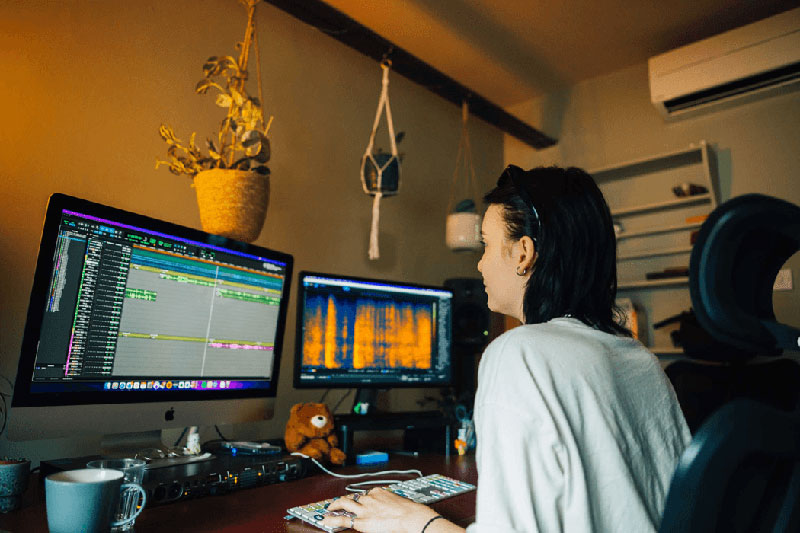
The facility’s Pro Tools HDX system is built with an HDX PCIe card, which serves as a real-time mixing and processing engine. With 18 DSP (digital signal processing) cores per card, up to 192 I/O channels and just 0.7 ms monitoring latency, the HDX optimises the performance of Pro Tools hardware, software and control surface systems.
As a Hybrid Engine, HDX uses DSP and native processing together, which makes the system feel faster and more responsive as it moves between tracking and mixing. While the computer handles all processing, voice count and mixing, when the operator needs to supplement the CPU power or record, it gives on-demand access to the capabilities of HDX.
Avid S6 Intelligent Control Surface
The turning point for Wounded Buffalo regarding Avid came with the integration of Avid's S6 control surface, marking a significant upgrade. "When the S6 came along, we jumped ship and went to Avid," Ben said. "It's very versatile and good at keeping your eggs in one basket with integration."
Avid S6 is an ergonomic, intelligent studio control surface with integrated Dolby Atmos workflows. Used primarily to control Avid Pro Tools and various 3rd party DAWs, it runs on EUCON, a high-speed Ethernet control protocol. Through this protocol, all Avid Pro Mixing surfaces can connect and communicate with Avid and third-party audio, video and monitoring applications
S6 is also fully modular. Users can build their own systems with a custom configuration of fader, knob, process and display modules – plus optional modules for Surround and post mixing. With a customisable 12.1-inch tilting multipoint touchscreen, it has knobs and monitoring and routing control to handle complex, large-scale mixes, including Dolby Atmos.
Jim commented on the efficiency that integrating the S6 has brought, becoming especially important for work on complex projects. "Everything is in one place. The integration is direct, pushing forward all the functionality we need for a session," he said.
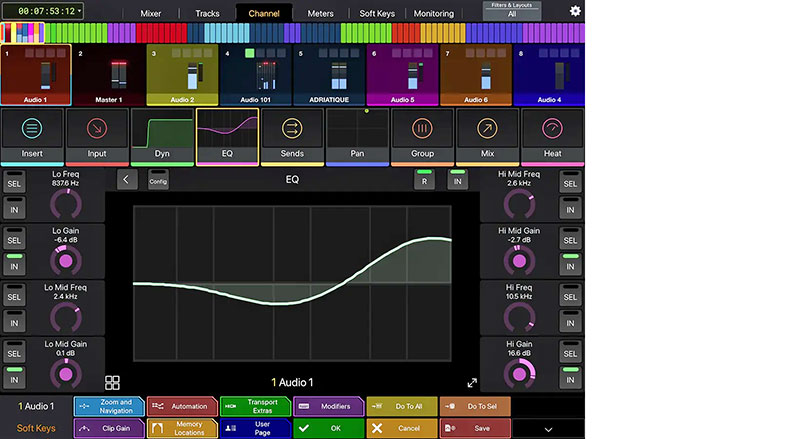
EUCON high-speed Ethernet control protocol
Avid Dock used in Dubbing Theatre C supplies intelligent studio control in a portable surface. It can be used on a tablet for quick touchscreen access and precise, tactile control or, when used with Avid S1 or S3, it accesses extra touch workflows and custom controls that help save time.
Diversification
Looking ahead, Wounded Buffalo aims to diversify beyond natural history, adapting to the evolving demands of the industry. "We're now quoting for theatrical audio more frequently," said Jim. "The technology used to shoot natural history is so amazing that people want to see it on the big screen."
Immersive audio formats like Dolby Atmos have also become a significant part of their work as the industry changes. With natural history films lending themselves well to large theatres, Wounded Buffalo is ready for the task and thinking about audio production at scale.
Ben and Jim have seen the studio evolve from using primitive audio files to modern digital tools. Both are excited about the possibilities for audio in the near future as they look out for new tools, from Avid and elsewhere, that will encourage the team's creativity and precision, ensuring that their work continues to attract and immerse audiences around the world. www.avid.com






